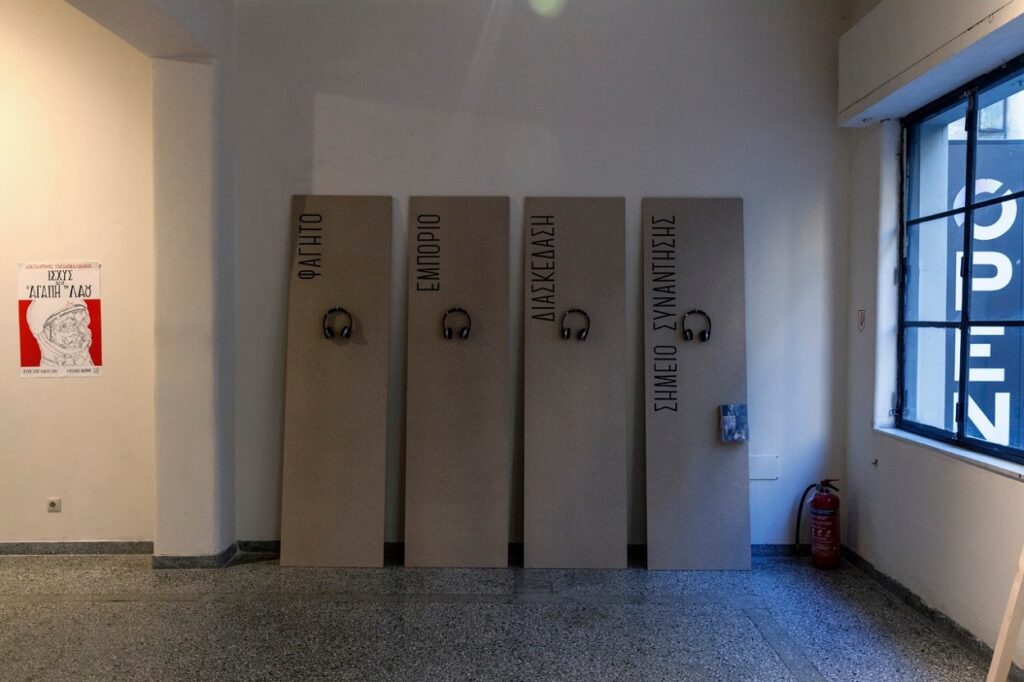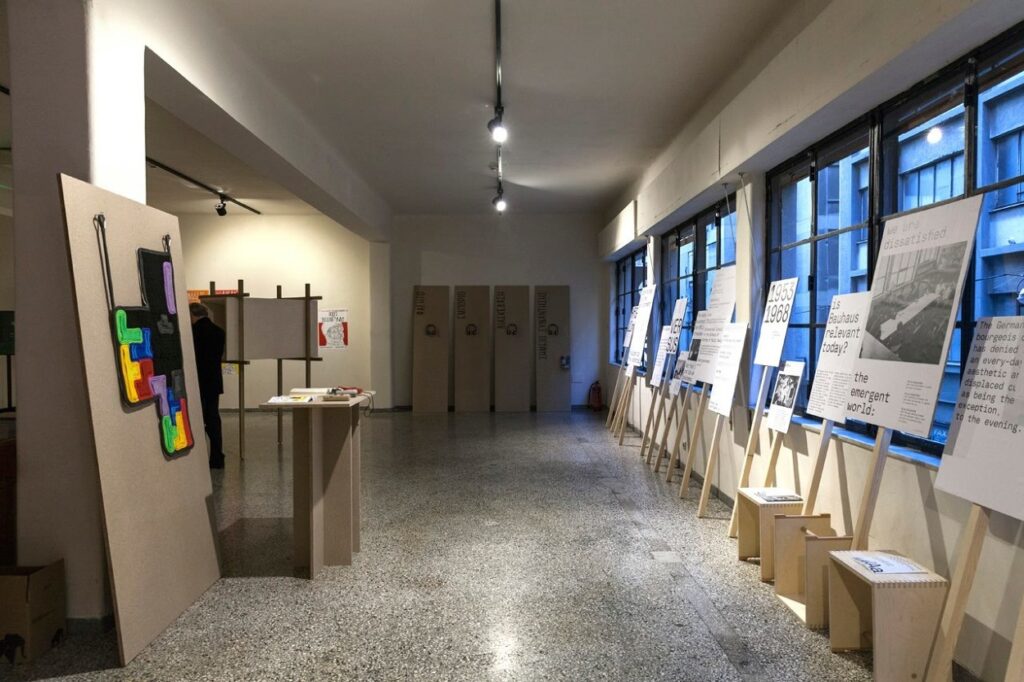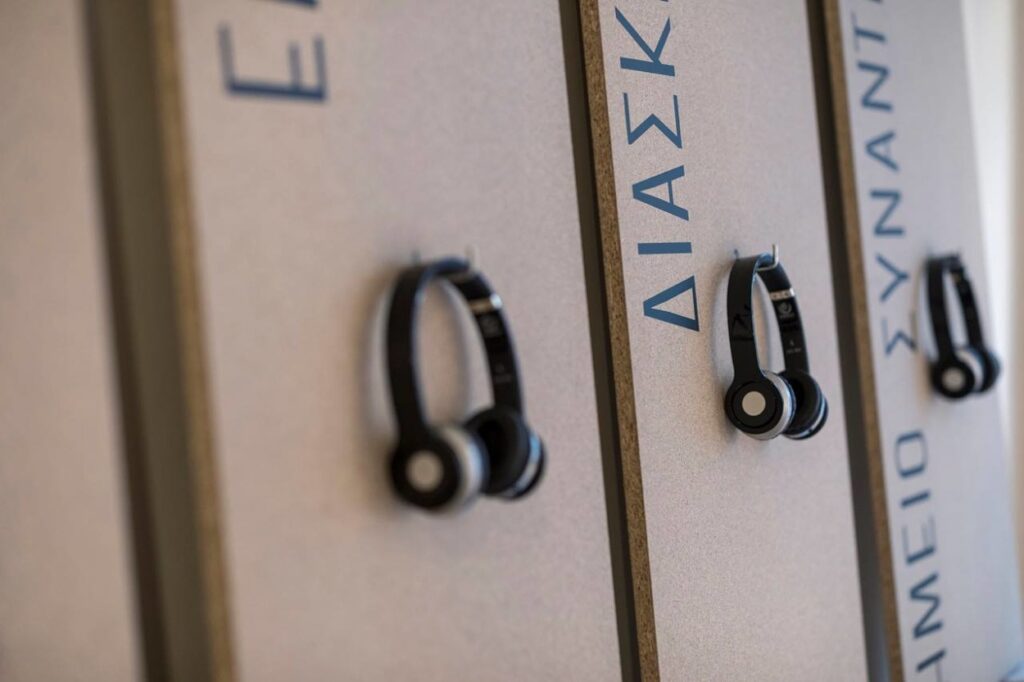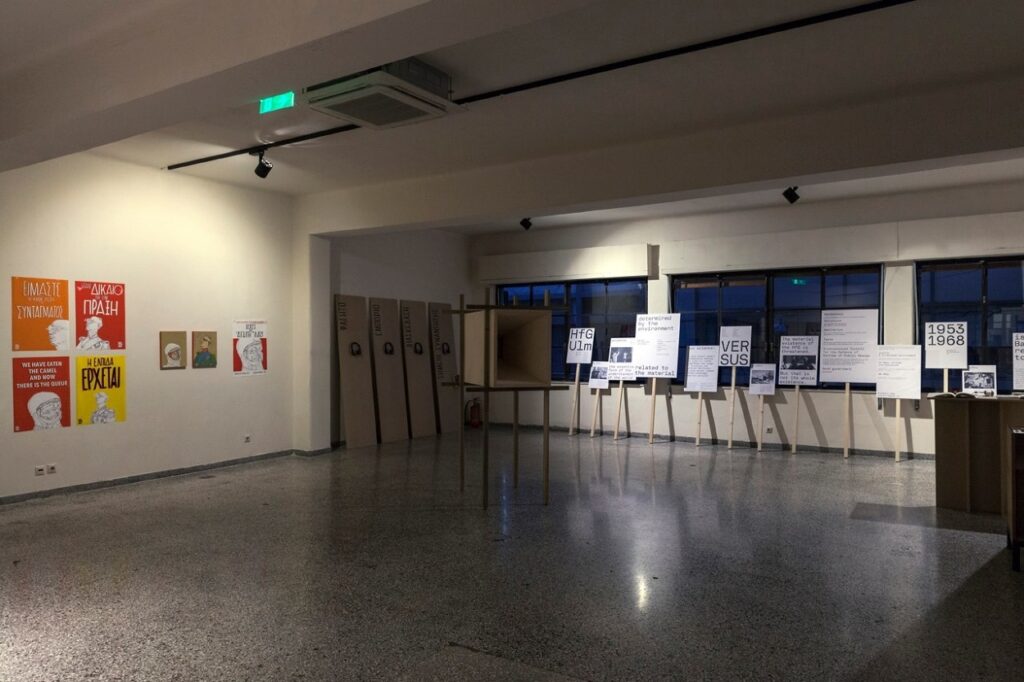
The installation consisted of four divisions: food, commerce, amusement, and meeting points—each represented by soundscapes composed of elements from digital research. A recurring folk song, originally used in Greece’s first radio broadcasts, tied the categories together, evoking a subconscious national identity.
The project critiques the romanticization of traditions, showing how institutionalized customs reproduce ethnocentrism and cultural homogenization. Larissa’s bazaar evolved from an Ottoman market into a Greek cultural symbol, reflecting broader societal shifts.
The installation consisted of four divisions: food, commerce, amusement, and meeting points—each represented by soundscapes composed of elements from digital research. A recurring folk song, originally used in Greece’s first radio broadcasts, tied the categories together, evoking a subconscious national identity.
The project critiques the romanticization of traditions, showing how institutionalized customs reproduce ethnocentrism and cultural homogenization. Larissa’s bazaar evolved from an Ottoman market into a Greek cultural symbol, reflecting broader societal shifts.




